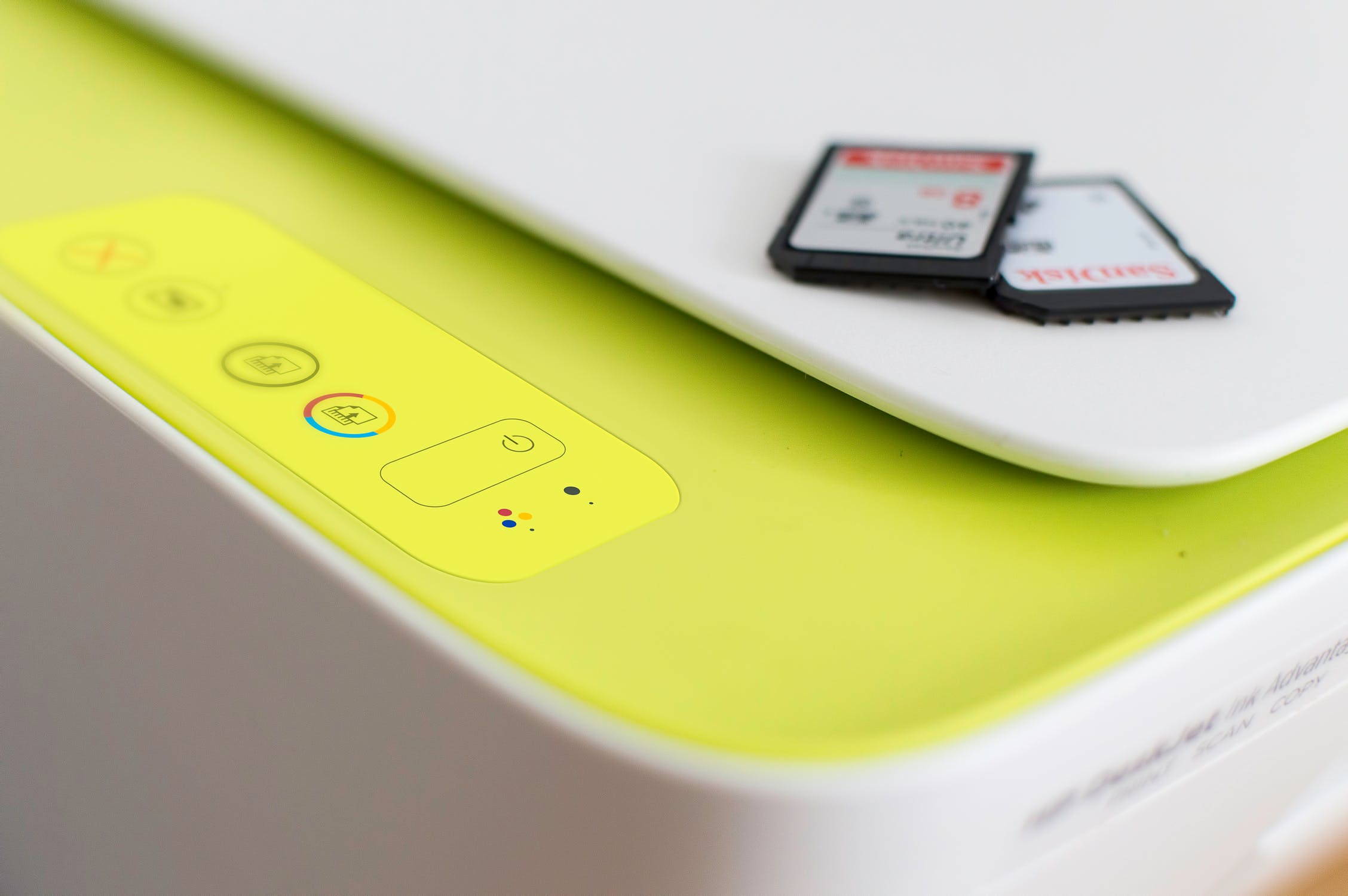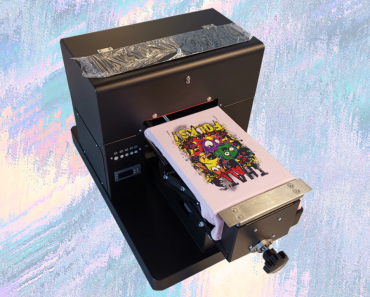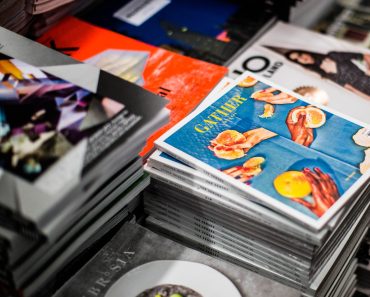It’s like looking for a new phone, computer, or automobile when you’re looking for t-shirt printers for your own firm. There are several alternatives, many similarities, and a few compelling reasons to select one over another.
This post is about selecting the best approach for you and your company. If you keep reading and make it to the end, you’ll learn some crucial information that will assist in your selection.
What kind of T-shirt printer is best for you?
Let’s put aside what our screen printer acquaintances already know. If you have 1,000 T-shirts with the same one colour design on them that need to be printed or 10,000 full-colour ones for a client, screen printing is likely the best option.
There is, however, greater demand for full-colour embellishment in smaller quantities and/or with variation in size and content in today’s market.
Let’s look at the possibilities.
Digital Direct to Garment Printing
DTG – Direct-to-garment printing has been a feasible alternative for approximately 15 to 16 years.
Using flatbed inkjet technology, it prints aqueous, pigmented inks with binders on the surface of the garment (most frequently pre-treated to assist with ink adhesion to the surface). That simply indicates that it’s a water-based ink specially designed for printers. Specifically made for t-shirt printers.
The garment is dried in a heat press or conventional belt dryer to set the inks and evaporate the water from the inks. The belt dryer is required at higher volumes, but most small- to medium-sized custom t-shirt businesses use 1 or more heat presses.
The typical cure times for the heat press are 30-45 seconds, with comparable wait times for the pre-treatment.
The most popular colour is white, which allows for uniform colour reproduction on all colours of garments (and always necessitates a pre-treatment to the garment).
The capability of a digital fold transfer printer to produce 25-100 t-shirts each hour is dependable. The high-end $100K and up DTG printers vs the more budget-friendly ones.
Because they are direct imaged, DTG prints have a very soft hand and handle translucent “fade to shirt” type images rather well. Ink expenses range from a few cents to a couple of dollars per print, with pre-treatment costs ranging from 20 to 40 cents per print.
For dark garment patterns, direct to garment is restricted to cotton/high cotton blends, but lighter items (no white ink required) may be well handled in a variety of blend and polyester solutions.
The cost of equipment can range from $15,000 to $250,000 or more for a complete solution that includes pre-treatment equipment, printer, and post-processing solution.
Direct to Film Printing (High Volume)
Direct to film (also known as FTF – fabric to film) printing is a relatively recent technique that combines the greatest parts of other technologies in order to create something greater than the sum of its parts.
DTF printing combines the following:
- Large format inkjets are manufactured using roll feeding, and they are 12 to 48 inches wide.
- Inks for direct-to-garment apparel
- Hotmelt adhesives, for example, are used in screen printing.
- Curing the transfers with a belt dryer
The ColDesi DTF Printers include a similar Print Optimizer/Cadlink RIP software as the DTG, White Toner AND UV printers used in DTG.
The cost of installation is generally between $.60 and $.75 per square foot. There are no pretreat liquid costs or any extra labour required to treat and cure the shirt before applying it.
Printing T-Shirt Transfers with Sublimation
Sublimation printing, like DTF, is a transfer process.
The garment is heat-applied to the transfer. Both roll-fed and page-fed printers can generate prints, which are then heated to the fabric. Sublimation is a dye process that requires a synthetic substrate to hold the colours. Only polyester and similar fabrics are permitted.
Because of the natural fibres, images appear blurry and are difficult to wash.
Both of those procedures are distinct from white toner transfers and direct-to-film processes, which may be used on almost any clothing.
On light-coloured polyester printings, sublimation stands out. The pictures come out extremely bright and have no touch (no hand) when they’re sublimated on such fabrics.
Additionally, on unique coated goods like coffee mugs, plaques, plates, trophies, and a variety of other things that are specially treated to receive the colours, sublimation works well.
Because it is a dye process, there is no option for white sublimation. As a result, dark clothing or promotional items are not an option with this technique.
It’s essentially the same as other transfer processes, and it allows for quicker printing times. Sublimation may be accomplished with a low-cost desktop printer, making it one of the simplest methods for garment modification. The typical start-up fee ranges from less than $1,000 to around $10,000.
Printing T-Shirt Transfers with White Toner
To create a white under the base after a transfer is printed, colour laser printers with CMY+W or CMYK+W toners in them are used.
The transfer process requires the use of a secondary procedure to “ marry ” the adhesive to the white toner so that it may be transferred. This step might take some practice, adding to both time and expense.
The primary benefit of white toner printing is that it does not require any liquid ink, so there is no need for frequent maintenance and the items can sit for an eternity without worry.
By contrast, they are not well-suited for applications where usage occurs on a regular basis or as a part of a larger operation. As an example, they’re ideal for small home businesses, kiosks, and ancillary printers for one-off projects.
They’re also compatible with a wide range of materials, much like DTF. However, they have the advantage of functioning on rigid goods like coasters, tiny signs, and even mugs. The transfers may require somewhat more effort than other methods discussed here. Because the procedure is page-based, the cost of production can be high; especially if the entire page is not utilized. A complete page may cost upwards of $4 for each copy, making 2 6×8″ transfers $2 each – which is greater than any of the other processes examined here.
The cost of a robotic vacuum will range from slightly under $5,000 to around $15,000.



